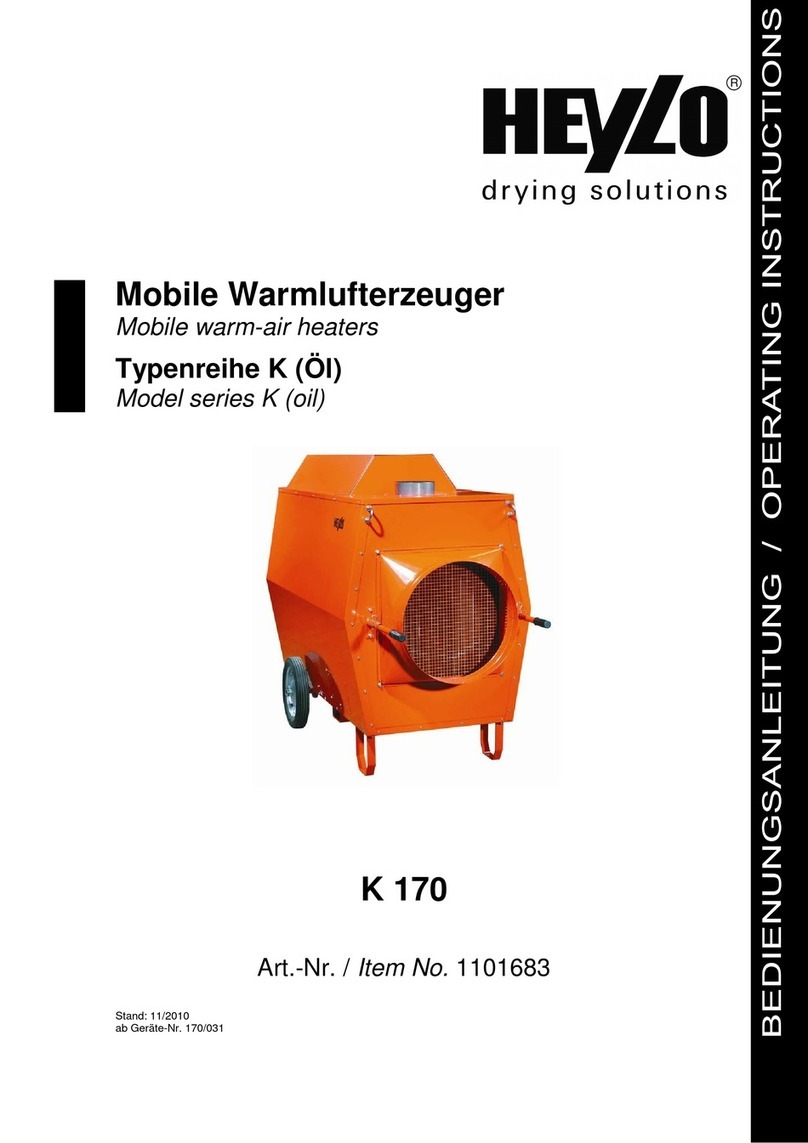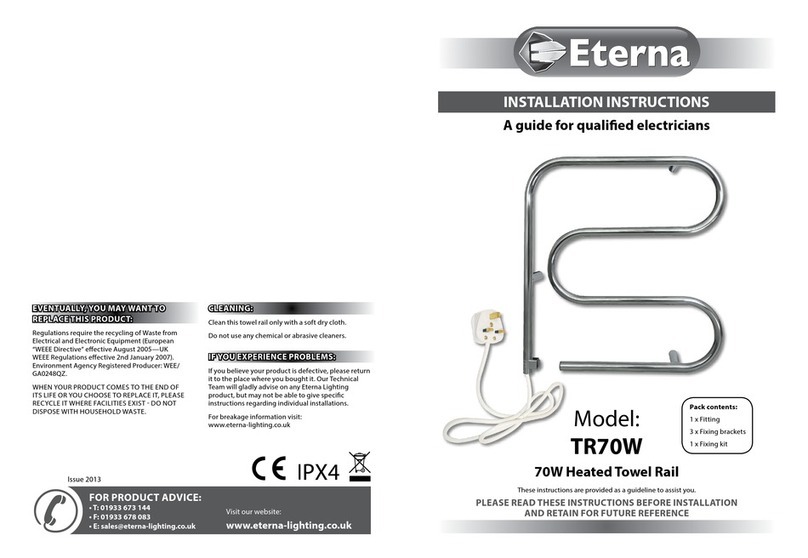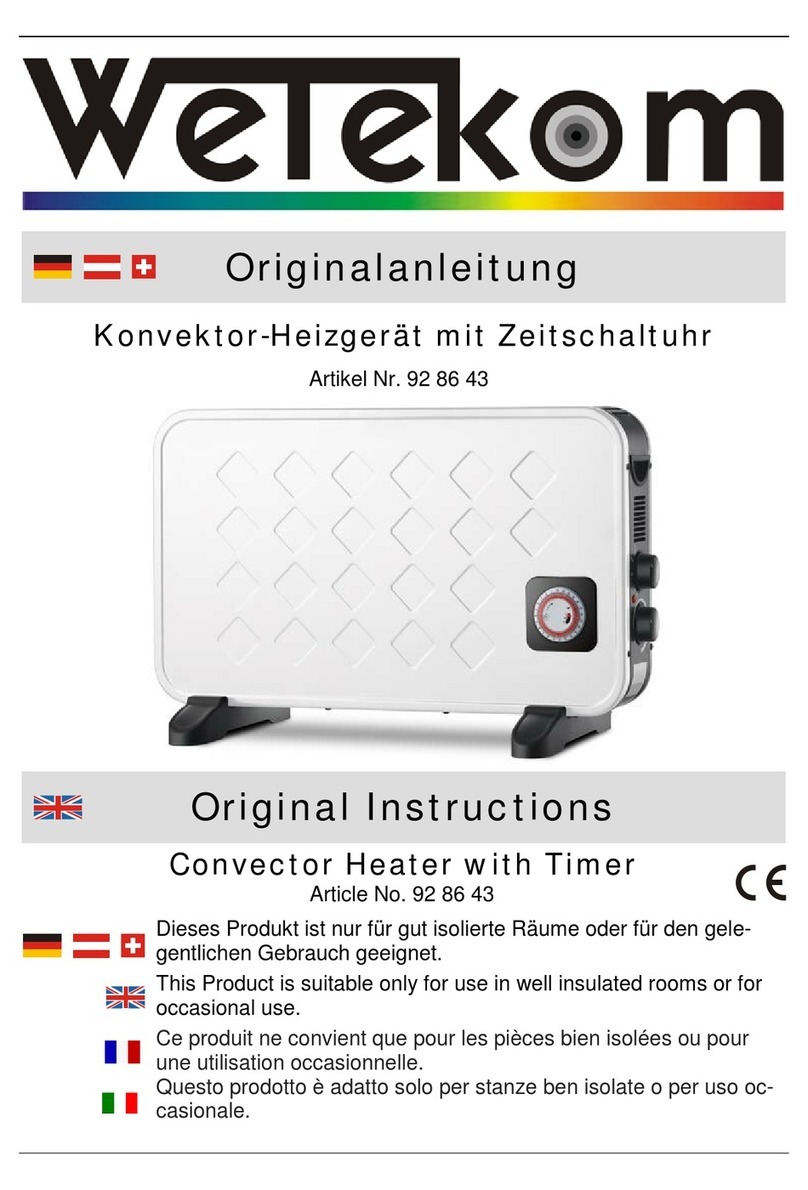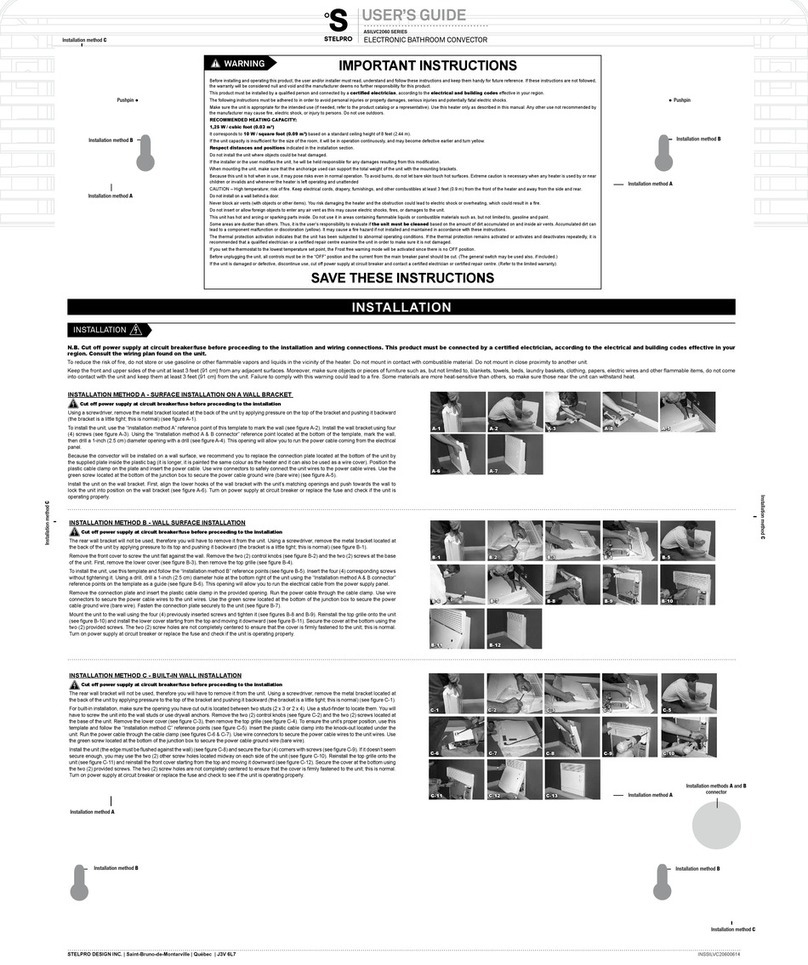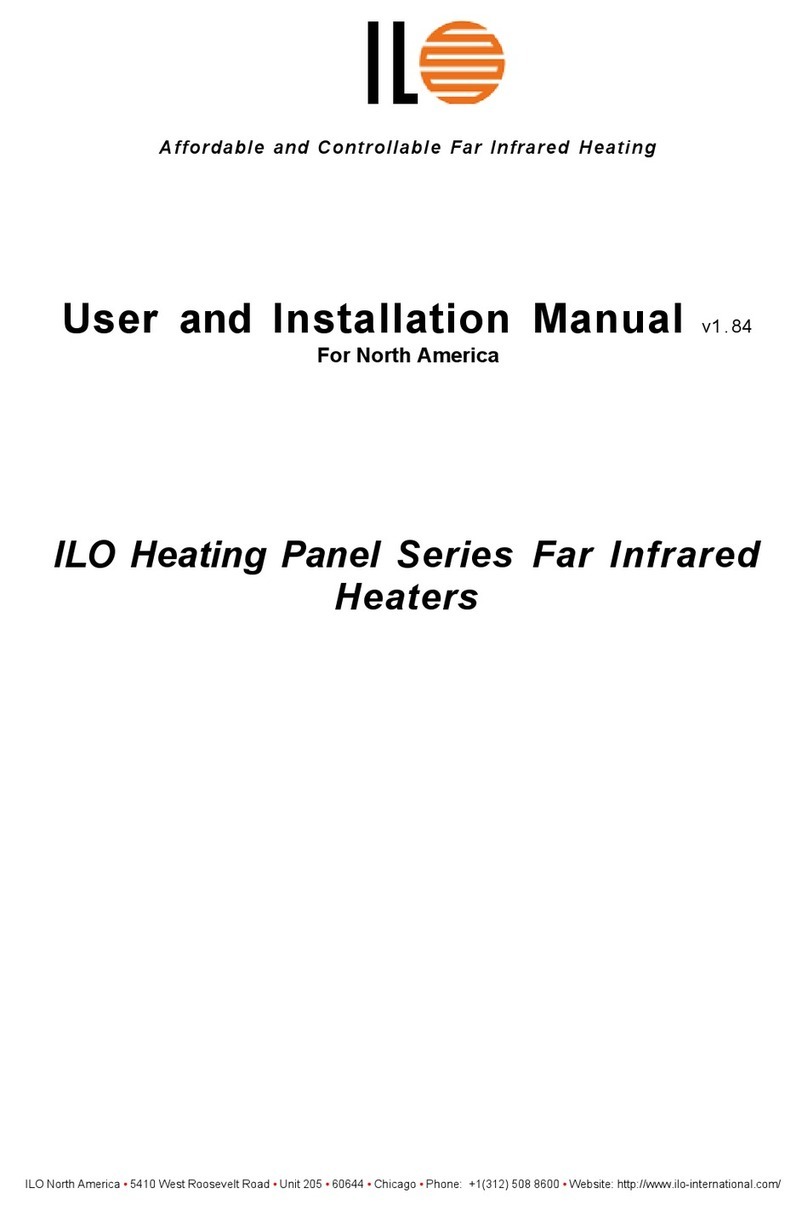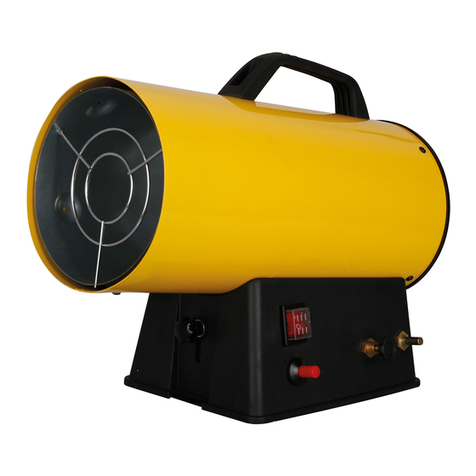
Date Printed: February 15, 2008 2 Version 1.01
INDEX
ASH....................................................................................................................................................................10, 13
CATALYTIC COMBUSTOR.......................................................................................................................................5
CAUTION...........................................................................................................................................................10, 18
CHILDREN...........................................................................................................................................................9, 16
CHIMNEY...........................................................................................................3, 7, 8, 10, 16, 17, 18, 19, 21, 23, 24
Chimney fire.............................................................................................................................................................17
CLEANING...............................................................................................................................................................15
CLEARANCES...............................................................................................................................................9, 22, 23
COMBUSTIBLE MATERIAL ............................................................................................................................7, 9, 22
COMBUSTION AIR..................................................................................................................................7, 12, 13, 20
COMBUSTION AIR INTAKE......................................................................................................................................7
CREOSOTE.......................................................................................................................................................10, 14
DEFINITIONS.............................................................................................................................................................7
DOOR CATCH.........................................................................................................................................................14
DOOR GASKET.......................................................................................................................................5, 11, 14, 15
Excessive creosote ..................................................................................................................................................18
FAN............................................................................................................................................................5, 7, 13, 16
FAN SPEED CONTROL............................................................................................................................................7
Fans will not run.......................................................................................................................................................18
FIREBOX..............................................................................................................................................................7, 12
FLOOR PROTECTOR .........................................................................................................................................7, 21
FLUE................................................................................................................................................................3, 7, 19
FUEL......................................................................................................................................................................3, 9
GENERAL SPECIFICATIONS...................................................................................................................................8
GLASS .........................................................................................................................................................11, 15, 16
GOLD DOOR ...........................................................................................................................................................15
HEARTH.....................................................................................................................................................................7
INSPECTION ...................................................................................................................................................3, 9, 19
INSTALLATION..............................................................................................................................3, 6, 19, 21, 23, 24
Local Building Inspector.........................................................................................................................................4, 6
MAINTENANCE.............................................................................................................................................6, 14, 15
MOBILE HOME..........................................................................................................................................................8
Not enough heat.......................................................................................................................................................17
OPERATION..................................................................................................................................................6, 11, 13
PREPARATION AND ASSEMBLY ..........................................................................................................................19
SAFETY .......................................................................................................................................................3, 6, 8, 19
SERVICE..............................................................................................................................................................5, 14
SOOT.................................................................................................................................................................10, 14
STOVE PLACEMENT..............................................................................................................................................19
THIMBLE....................................................................................................................................................................8
Too much heat .........................................................................................................................................................17
TROUBLESHOOTING.............................................................................................................................................16
WARNING................................................................................................................................5, 6, 10, 11, 13, 16, 19
WARRANTY.....................................................................................................................................................5, 6, 19







